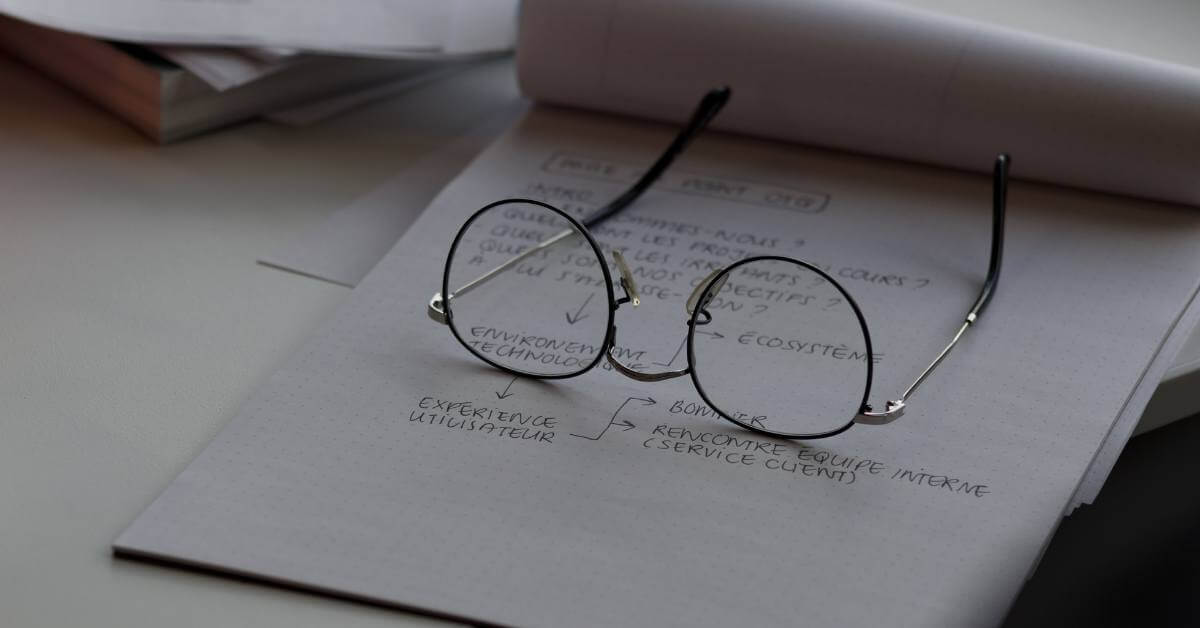What is a General Ledger Report? 5 Things Your Business Needs to Know

Picture this: instead of struggling to get a clear picture of where your business’s finances sit, you have all the data at your fingertips to understand the ins and outs of your company's financial landscape. It's all made possible by a powerful tool known as the general ledger report.
As a business owner, you know that keeping a pulse on your finances is vital. But it can be tricky to get a comprehensive view of all your financial activities. Your general ledger report is like a treasure trove of financial information, packed with insights and analysis that can guide your decision-making. But what exactly is a general ledger report, and how can it benefit your business?
This post will cover all that information and more, diving into 5 tips to help you get the most value out of your general ledger report.
What is a General Ledger Report?
Let’s begin by answering the main question of this post: what is a general ledger report? Your general ledger report is a financial management tool that provides a summary of all your business’s financial transactions.
Your business records all transactions in the general ledger. This document is a comprehensive record of all your accounts and balances. The general ledger report takes this data and presents it in a concise, meaningful format, giving you a summary of your business’s financial activities over a given period.
When you look at a General Ledger Report, you will typically find five key components: assets, liabilities, equity, income, and expenses.
Assets encompass everything the business owns. This can include cash, inventory, property, and equipment. Liabilities, on the other hand, represent your debts and obligations, such as loans, accounts payable, and accrued expenses. Equity represents the ownership interest in the business, including the contributions made by owners and retained earnings.
The income component reflects the revenue generated by the business, such as sales or service income. Finally, expenses cover all the costs incurred by the business in its day-to-day operations, such as rent, salaries, utilities, and marketing expenses.
By examining these key components within a general ledger report, you can get a clear understanding of your business’s overall financial standing. You can use the data to discover areas of overspending, opportunities for cost-savings, and more! This information is crucial for making informed financial decisions, evaluating performance, and ensuring compliance with accounting standards and regulations.
Why Your Business Needs a General Ledger Report
Bookkeepers and CPAs alike consider the General Ledger report as an indispensable tool for financial management. Without it, businesses are left relying on educated guesses and missing out on essential insights into their finances.
The General Ledger provides a comprehensive record of all financial transactions, categorizing them into various accounts, which serves as the foundation for accurate financial reporting. With a well-maintained General Ledger, business owners gain data transparency and clarity, enabling them to make informed decisions and achieve financial success.
Having a reliable General Ledger empowers business owners to build a chart of accounts tailored to their specific needs. This customized structure allows for precise tracking of income, expenses, assets, liabilities, and equity.
Armed with this detailed financial information, entrepreneurs can generate vital reports such as profit and loss statements, payroll reports, balance sheets, and cash flow statements. These reports not only provide valuable insights into the financial health of the business but also play a crucial role in meeting compliance regulations and tax requirements. By harnessing the power of the General Ledger, businesses can confidently manage their finances, make informed strategic decisions, and ensure they are on the right path to sustainable growth and success.
1. Generating a General Ledger Report
The first thing you must understand is how to generate your general ledger report. You can generate this report manually or using your accounting software. Generally speaking, it will be simpler and more accurate to generate this report using automated software. Leveraging technology in generating your report saves time and minimizes the chances of calculating errors.
Whether using software or manual methods, it is crucial to have accurate and up-to-date data in your general ledger to ensure reliable reports. Regularly reconciling accounts, entering transactions promptly, and properly categorizing expenses and revenues contribute to the accuracy of the general ledger and, subsequently, the report.
When reviewing your general ledger report, it's essential to take the time to carefully examine and reconcile the data. Compare the report to other financial documents, such as bank statements and invoices, to ensure consistency and accuracy. Investigate any discrepancies or unusual entries to identify and resolve errors promptly.
You can create a General Ledger yourself using software like Quickbooks or NetSuite. You can also work with a payroll provider like ConnectPay! ConnectPay can get you in touch with a local bookkeeper who can keep your accounts tight and easy to review and manage.
2. Analyzing Finances with a General Ledger Report
Your general ledger report provides you with a comprehensive overview of your business’s financial performance, but don’t just take that data at face value. Instead, conduct in-depth analyses to get the most from your report!
Use your report to identify cost-saving opportunities by reviewing expense categories and identifying areas where expenses can be reduced or optimized. You can also assess your business’s profitability by analyzing income and expense trends and evaluating profit margins.
General ledger reports are valuable for monitoring cash flow as well. Examining the inflows and outflows of cash can help you identify patterns in periods of cash shortages or surpluses. Armed with this information, you can take proactive measures to manage your liquidity more effectively.
Additionally, you can derive vital metrics like liquidity ratios, solvency ratios, and profitability ratios from your general ledger report. These ratios provide insights into your business's financial health, efficiency, and profitability, enabling you to make informed decisions and plan strategically.
3. Backing Up Your Reports
Our third tip for managing your general ledger report is to take steps to regularly back up your reports! Implement a robust backup and storage system to protect your data and preserve its integrity and accessibility.
Regularly back up your financial data to secure off-site or cloud-based storage. Taking these steps protects against hardware failures, natural disasters, or cyber threats that could potentially result in the loss of critical financial information.
Related: What is Cyber Insurance and Why Do You Need it for Your Business?
Additionally, you should be sure to maintain proper access controls to the data in your report and its backups. Limit access to authorized personnel and ensure that user permissions align with job responsibilities. Limiting access in this way helps prevent unauthorized modifications or access to the data, ensuring the confidentiality and integrity of your business’s financial information.
4. Documenting Proper Processes
Next, if you want to ensure consistency and minimize errors in your reporting, you’ll want to establish clear and documented policies and procedures related to your general ledger reporting.
Policies should cover aspects like report generation, review processes, data reconciliation procedures, and data handling best practices.
Well-defined processes will reduce the risk of errors in the general ledger reporting process. Additionally, these documents will help with knowledge transfer within your organization. New employees can refer to these documented processes for guidance, ensuring continuity and accuracy in financial reporting even when seasoned staff retire or leave the organization.
5. Customizing Your General Ledger Report
Finally, you can leverage customization features in your accounting software to tailor your general ledger reports to fit your business’s exact needs.
Accounting software often allows users to customize report layouts, apply filters, and set parameters to focus on key financial metrics, relevant time periods, and specific account groupings.
By customizing your report, you can highlight the information that is most relevant to your priorities and requirements. You can then tailor the format of the report to present that data in an understandable, actionable way. This level of customization enhances the usefulness of your general ledger report in making informed financial decisions.
ConnectPay’s General Ledger report contains the values from your payroll summary report. You can view fields inducing payroll, expenses in salaries and wages, company total gross, payroll tax amounts, tax liabilities, and more.
What is a General Ledger Report? ANSWERED
Using this guide, you should have everything you need to get the most out of your general ledger reports!
However, understanding general ledger reports is only the beginning of your small business’s journey to success and profitability. If you want your business to flourish, you need to understand the ins and outs of all things related to expenses, payroll, taxes, and more.
For more information, check out our free resource, the Connected Guide to Small Business Payroll.
This guide provides you with information, tips, and tricks on every step of your payroll processes, from workers’ comp to payroll taxes to employee classifications.
Download the Connected Guide for free today!







